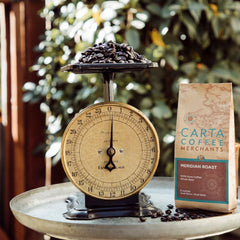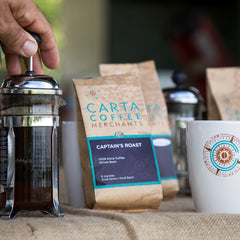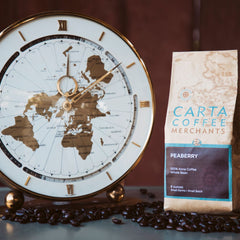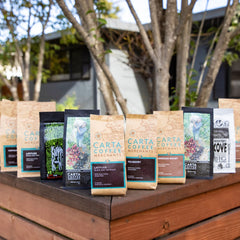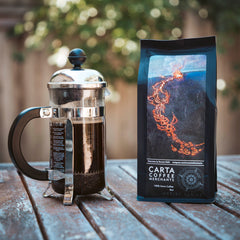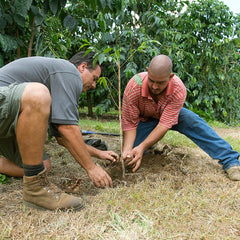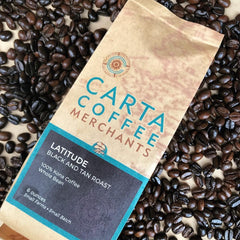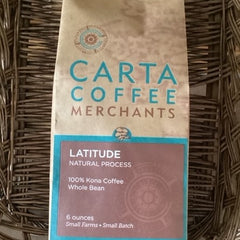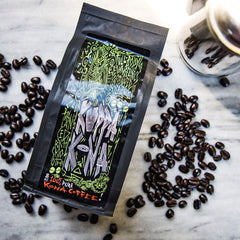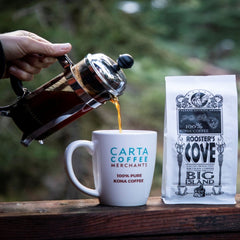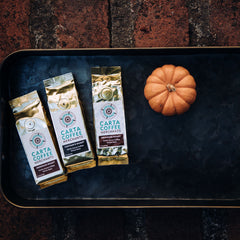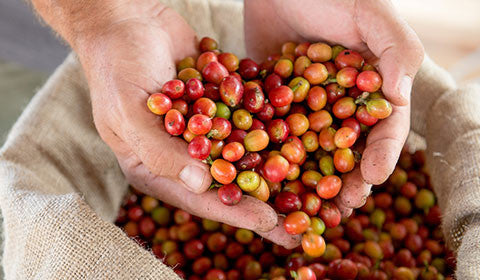Posted on

When it comes to brewing a great cup of coffee, we’ve evolved far past just the basic automatic drip coffee pots from yesteryear. Instead, we have tons of choices that seem to multiply the moment we think we’ve figured out the last batch of trends.
Two popular options you’ll likely see outside of the typical Mr. Coffee-style machines are French press and pour over brewing methods. Increasingly common in coffee shops and coffee maker aisles alike, these two techniques are both easy to do at home, and can seriously elevate your morning cup.
What is the difference between a French press and a pour over? And is the taste so much better that it’s worth the extra effort—and extra equipment? Let’s find out.
What is a French Press
Simple. Stylish. So delicious. In the U.S., the French press is a more common sight than the pour over. Still, it pales in comparison to automatic drip methods with only 3% of Americans using a French press daily, though that number is on the rise.
Sometimes called a plunger method, French press coffee pots are typically made of glass and/or stainless steel, reminiscent of a beaker from high school chemistry. The lid will have a plunger-like contraption with a filter attached. When the coffee is done brewing, the plunger is pressed down, filtering out the grounds from the fresh coffee.
Many coffee connoisseurs consider the flavors evoked from a French press vs drip coffee far superior. This is thanks to the customization allowed with the French press. Depending on your preference, you get more say in how long grinds seep, the size of grinds used, water temperature, and more.
In addition, drinkers get more of the natural flavors and oils from the beans themselves. Other brewing methods often don’t retain these flavor profiles. These more nuanced tastes are another reason why many coffee lovers say French press create a better cup of coffee.
How to Make French Press Coffee
Ready to make a pot of French press coffee for the first time? It’s likely easier than you think.
1) Choose Your Beans and Get the Right Grind
First, choose freshly ground high-quality beans. Though the bean variety is up to you, the actual coffee grind size is important. Courser grinds are recommended for any brew style with a longer seeping time. This allows the water more contact time with the bean and developing deeper flavor profiles.
2) Heat Up the Water and Pour
Whether on the stove or in the microwave, heat up the desired amount of water until almost boiling, or just under 200 F. Pour the heated water into the French press with the plunger raised. Use approximately 1 heaping tablespoon of ground coffee for each 100mL of water.
3) Stir It Up and Wait
Stir the water and coffee grounds together. Let seep for around 3–5 minutes. The longer the coffee seeps, the richer and stronger the flavors will be.
4) Press and Enjoy!
After seeping, press down the plunger to filter out all of the coffee grounds. Pour the coffee into your cup and voilà! Fresh French press coffee.
Use this first attempt as a starting point to begin experimenting with different coffee roasts, water temperatures, grind sizes, seep times, and more until you figure out just the right routine for you.
What is Pour Over Coffee
Essentially, pour over coffee is a simplified hand-powered version of a drip coffee machine. Most pour over drippers are made of ceramic, plastic, or stainless steel and often resembles a coffee cup. However, the bottom is created to be placed over a carafe or mug and has holes that allow the coffee to drip into the container below it.
Pour over coffee has surged in popularity for many of the same reasons French press has—coffee lovers want the control that automatic brewers can’t provide. However, this is where many of similarities end. Here’s how to make a perfect cup of pour over coffee:
1) Prepare Container and Filter
A coffee filter is placed inside the pour over dripper. The dripper is placed on top of the desired receptacle. If the filter is paper, wet it with nearly boiling water. This diminishes any papery taste getting into the coffee itself.
2) Let It Bloom
Place about 2 grams of medium sized grounds for every fluid ounce of coffee into the filter. Slowly pour hot water over the grounds until it barely covers the coffee. Let it set for about 45 seconds, or until the “bloom” has settled. The bloom is the effect of Co2 being emitted from the coffee and causing the grounds to rise up.
3) Pour It Out & Fill It Up
In a spiral shape, slowly and evenly pour out the water until it reaches the top of the grounds. Wait until the water fully seeps from the pour over dripper and falls into container below it. Repeat until the container is full of freshly brewed coffee. Enjoy!
There are many perks pour over converts swear by. One is the ability to regularly customize the serving size which eliminates wasted coffee or water. It also allows for an extremely precise method of pouring water over coffee grounds ensuring accurate coverage that automatic methods simply can’t match.
Should I Choose a French Press or Pour Over Coffee?
Honestly, it all comes down to preference. Both varieties provide customization and flavor profiles unique to their methods. It also minimizes energy consumption and is ideal for consumers that don’t need the capacity usually seen in drip coffee machines.
Better yet? As they each have fantastic, affordable options, try them both! For pour overs, we love the Hario V60 Ceramic Coffee Dripper and for a great French Press, check out the KONA French Press. There are countless other options as well.
Looking for the perfect coffee to experiment with your at-home French press or pour over coffee makers? Try the 100% premium Kona-grown beans from Carta Coffee. We pride ourselves in producing only the most exquisite and high-quality coffee from our sustainable, family-owned farm.

